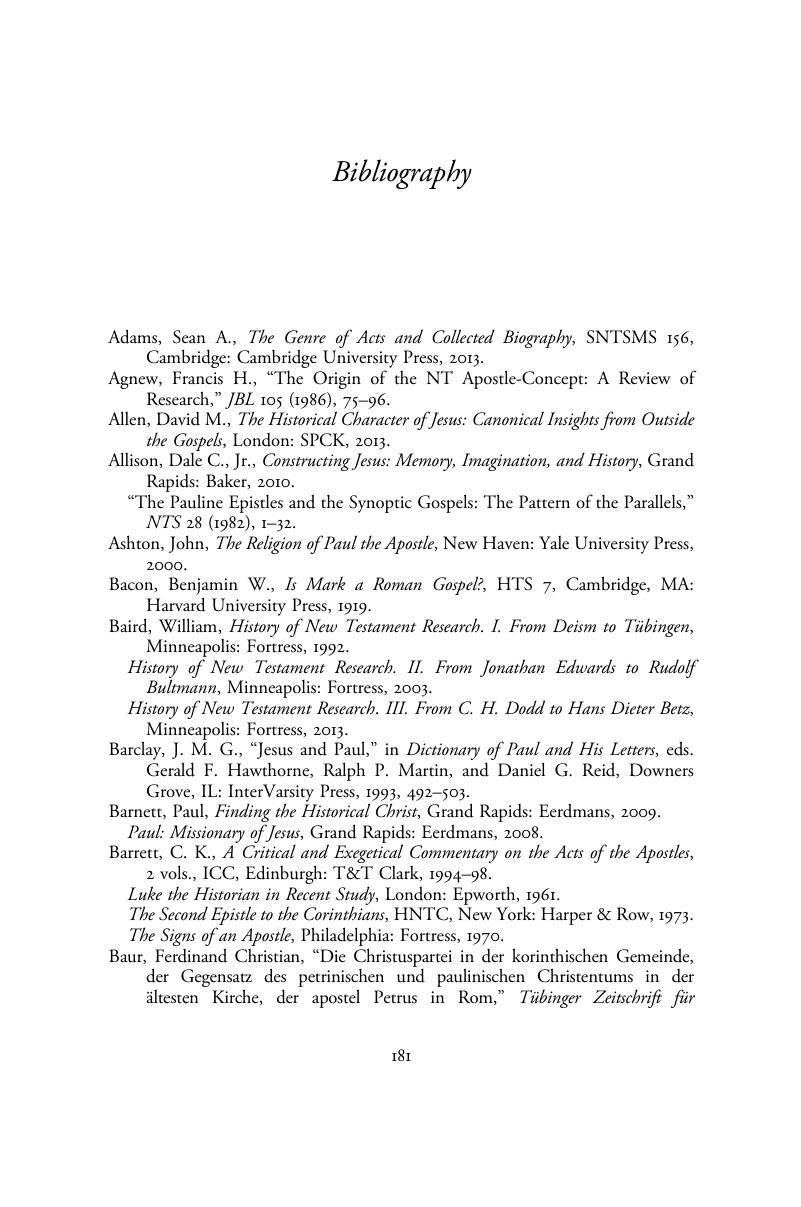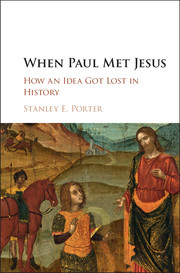Book contents
- When Paul Met Jesus
- When Paul Met Jesus
- Copyright page
- Dedication
- Contents
- Preface
- Glossary
- Introduction
- Chapter 1 What Scholars Have Said in the Past about Paul and Jesus
- Chapter 2 What Scholars Now Say about Paul and Jesus
- Chapter 3 What the New Testament Does and Does Not Say about Paul and Jesus
- Chapter 4 The Implications of Paul Having Met Jesus
- Conclusion
- Bibliography
- Index of Modern Authors
- Index of Ancient Sources
- References
Bibliography
Published online by Cambridge University Press: 05 December 2015
- When Paul Met Jesus
- When Paul Met Jesus
- Copyright page
- Dedication
- Contents
- Preface
- Glossary
- Introduction
- Chapter 1 What Scholars Have Said in the Past about Paul and Jesus
- Chapter 2 What Scholars Now Say about Paul and Jesus
- Chapter 3 What the New Testament Does and Does Not Say about Paul and Jesus
- Chapter 4 The Implications of Paul Having Met Jesus
- Conclusion
- Bibliography
- Index of Modern Authors
- Index of Ancient Sources
- References
Summary

- Type
- Chapter
- Information
- When Paul Met JesusHow an Idea Got Lost in History, pp. 181 - 200Publisher: Cambridge University PressPrint publication year: 2016



